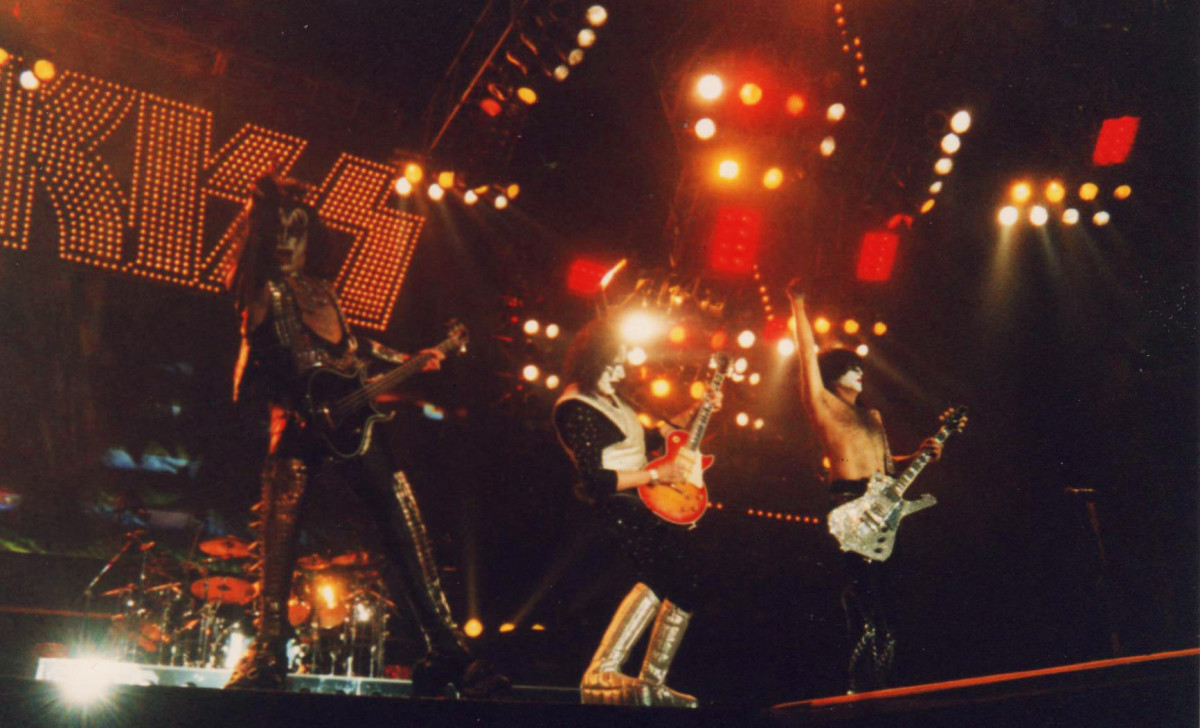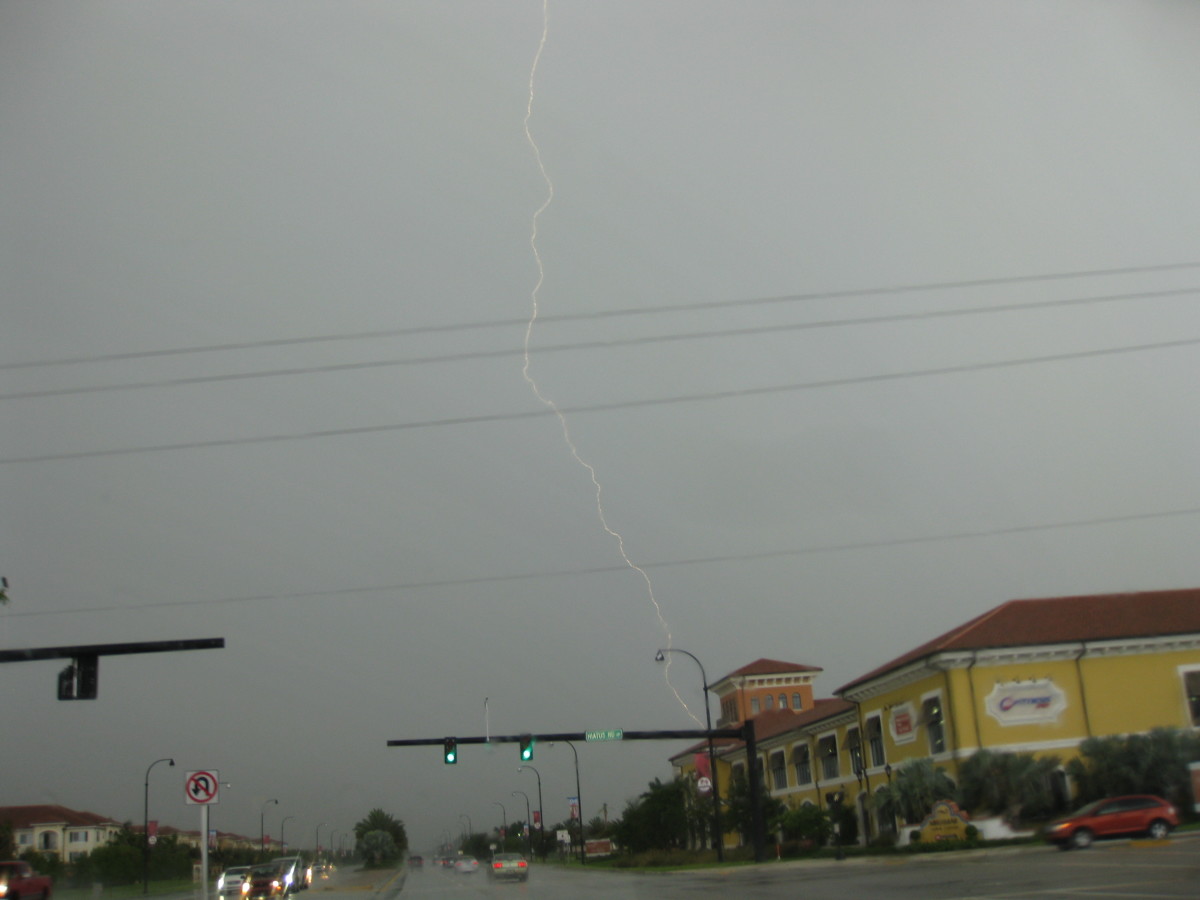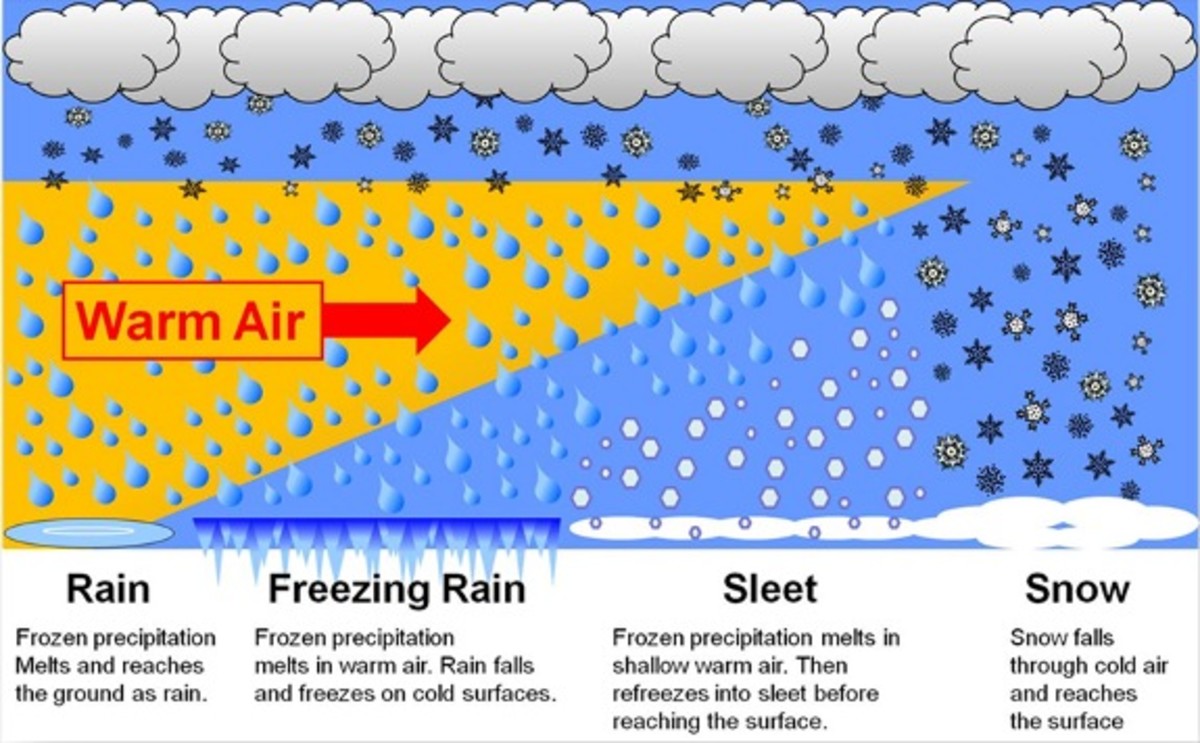Thunder and Lightning: The Time Differential
By Joan Whetzel
We've all observed the formation of dark thunderheads on a humid summer afternoon. These cumulonimbus clouds produce lightning and thunder from which they draw their nickname - thunderheads. We have all also witnessed the time lapse between lightning and thunder. Thunderstorms occurring right on top of us produce thunder and lightning occurring at about the same time. However, thunder and lightning don't usually appear to occur at the same time. There's a reason for this time differential and way to use the time difference to figure out the distance between you and the storm.
Thunder and Lightning Facts
Lightning forms in the cumulonimbus clouds as drops of water, hail, and ice crystals bounce off each other, stirring up static electricity. The cloud's positive and negative ions separate. Then the negative ions reach for the ground while the positive ions remain in the mid or upper layers of the cloud. At the same time positive ions have been building up in the ground. When the difference in charges grow great enough, it produces that flow of electricity between the ground and the cloud known as cloud-to-ground lightning.
Lightning bolts - easily the most impressive feature of any thunderstorm - are electrostatic discharges that produce heat-triggered sound waves called thunder. According the National Lightning Institute "less than 1% of lightning's energy is converted into sound and the rest is released in the form of light."
Basically, lightning is a colossal spark, that heats the air at breakneck speed to around it to 30,000 degrees Celsius (54,000 degrees Fahrenheit), creating something like an electrical explosion. This explosive flash creates the sound wave we recognize as thunder's crash.
The TIme Difference
You've been watching the thunderhead building, and the breeze before the storm has kicked in. Suddenly you witness a flash of lightning followed by the crash of thunder - 5 seconds later. If lightning and thunder are occurring at roughly the same time, why don't we see the lightning and hear the thunder at the same time?
Thunder and lightning physically occur at nearly the same time. However, due to a discrepancy between the speed of light and the speed of sound, we observe a time lapse between the flash and the crash. Light waves move at 186,000 miles per second (300,000 kilometers per second) whereas sound only moves at 1 mile per 5 seconds (1 kilometer every 3 seconds). So we can see the lightning almost instantaneously, but the sound moseys on over to our in its own good time.
Determining the Distance
So, we saw the lightning and we waited five seconds before we heard that thunder. How far away is that thunderstorm? By counting the seconds between the flash and the crash, then dividing that number by five, we can determine the distance between us and the lightning strike. If there were 5 seconds between the flash and the crash, and it takes five seconds for the sound of the thunder to travel 1 mile, then the lightning is only 1 mile away. Now if you see a lightning strike, and hear the thunder 20 seconds later, it means a distance of 4 miles between you and the lightning.
If the time between the lightning and thunder gets closer together, the thunderstorm is getting closer. If the timing becomes greater, the thunderstorm is moving away. This is because thunder's sound tends to reverberate, or echo, around the air molecules, which distorts the sound. The further away the storm is, the more distorted thunder's sound becomes. Close to the storm, thunder sounds like an enormous crash or cracking sound, but moving further away it becomes more of a low rumbling
The next time you see a thunderhead building in a hot, humid summer sky, watch for the lightning, listen for the thunder and keep your stopwatch or watch with a second hand nearby. Then start timing the difference between the crash and the flash. You'll know how far away the storm is.









